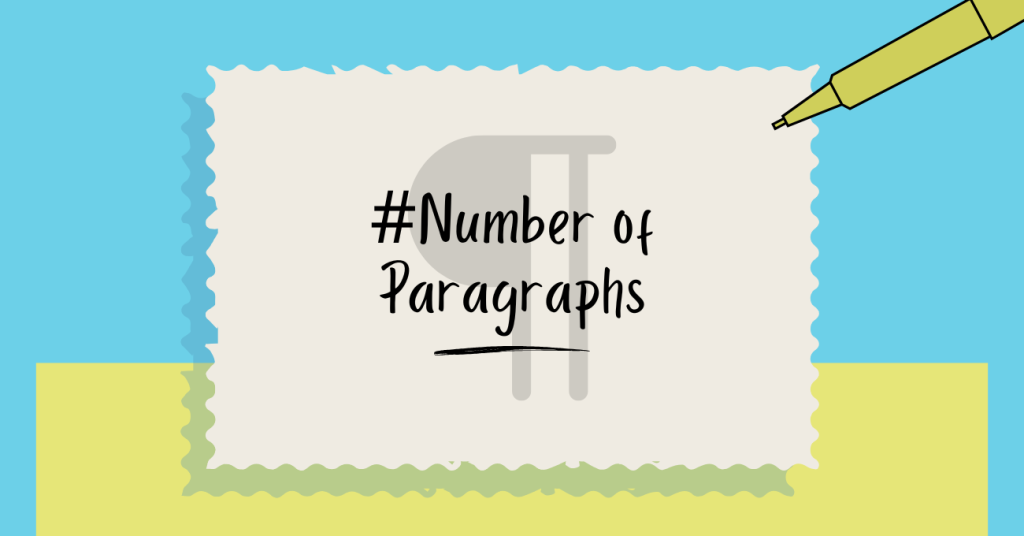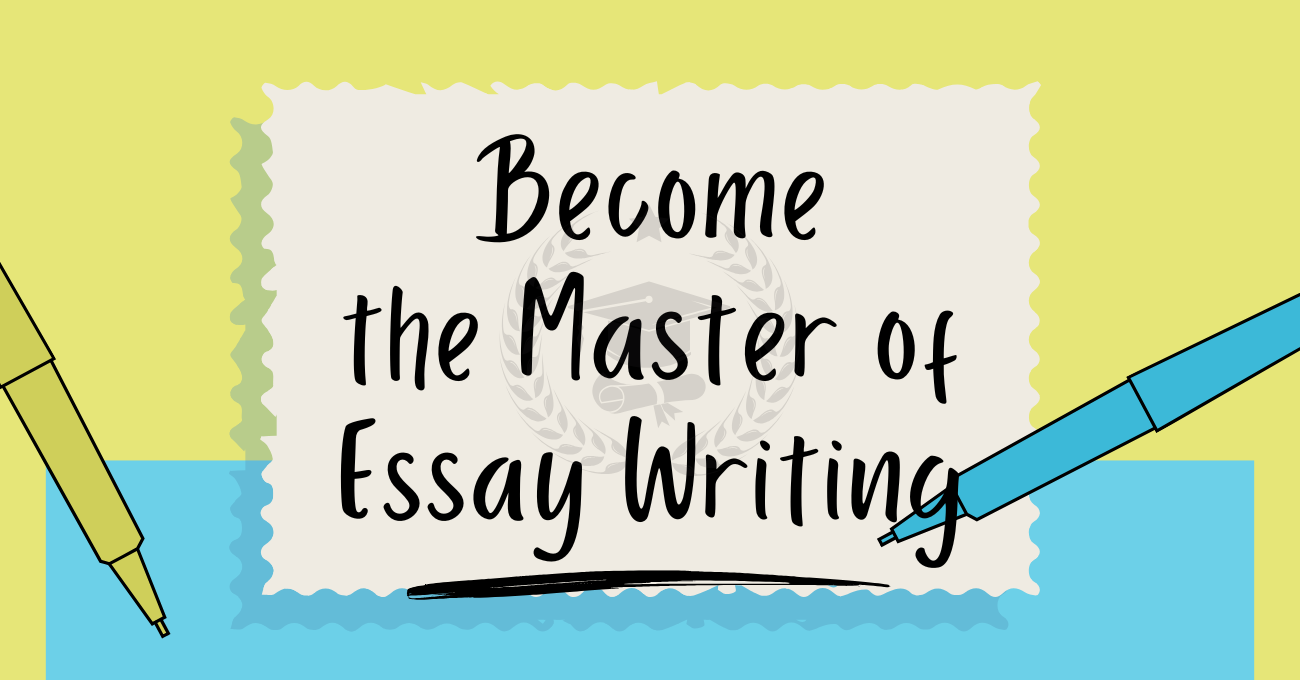What is an Essay?
An essay is a short piece of writing that expresses the author’s argument or perspective on a subject. The term derives from the French word essayer, meaning “to try” or “to attempt,” and was popularized by Michel de Montaigne in the 16th century.
Essays are a common form of communication and analysis in academic, professional, and personal contexts, and they are written to inform, persuade, describe, or entertain.

How to Write an Essay?
- Choose a Topic: Define the purpose of your essay (e.g., persuasive, descriptive). Narrow your focus to make your argument clear.
- Research and Plan:
- Gather information from credible sources.
- Outline your essay structure, including the introduction, body paragraphs, and conclusion.
- Write a Thesis Statement: Clearly state your main argument or the purpose of your essay. This will guide the rest of your writing.
- Develop the Essay:
- Introduction:
- Start with a hook to grab the reader’s attention.
- Provide background information on the topic.
- End with the thesis statement.
- Body Paragraphs:
- Each paragraph focuses on one idea supporting the thesis.
- Use evidence and examples to substantiate points.
- Transition smoothly between ideas
- Conclusion:
- Summarize the main points.
- Restate the thesis in light of the discussion.
- Provide a final thought or call to action
- Introduction:
- Revise and Edit:
- Check for clarity, coherence, and flow.
- Correct grammar, punctuation, and formatting errors.

How to Start an Essay?
To start an essay effectively:
- Begin with a hook: This could be a quote, a question, an interesting fact, or a brief anecdote.
- Provide context: Introduce the topic broadly before narrowing down to your thesis statement.

How Many Paragraphs Should Be in an Essay?
- Short Essays: Typically follow a five-paragraph structure—one introduction, three body paragraphs, and one conclusion.
- Long Essays: May include additional body paragraphs depending on the depth of the topic.

Types of Essays, Their Purposes, and Styles
Style: Objective, formal, and analytical. Requires a deep understanding of the subject and a balanced argument.
Expository Essay
Purpose: To explain, describe, or inform about a topic using facts, evidence, and examples.
Style: Clear, objective, and logical. Typically written in the third person, avoiding personal opinions.
Narrative Essay
Purpose: To tell a story or recount an event, often from the author’s perspective.
Style: Conversational and engaging. Uses vivid descriptions, dialogue, and chronological structure.
Descriptive Essay
Purpose: To create a vivid image of a person, place, object, or experience in the reader’s mind.
Style: Rich, sensory language with attention to details. Appeals to the reader’s senses and emotions.
Persuasive Essay
Purpose: To convince the reader to accept a specific viewpoint or take a certain action.
Style: Confident, respectful, and logical. Uses strong evidence and appeals to emotions or logic.
Argumentative Essay
Purpose: To present a balanced analysis of a topic, showcasing both sides of an argument while persuading the reader of the author’s stance.
Style: Formal, structured, and evidence-based. Includes counterarguments and refutations.
Comparative Essay
Purpose: To compare and contrast two or more subjects, highlighting similarities and differences.
Style: Organized and analytical. Uses either block or point-by-point structure for comparisons.
Cause-and-Effect Essay
Purpose: To explore the causes of an event or situation and its subsequent effects.
Style: Logical and chronological. Focuses on clear connections between causes and effects.
Analytical Essay
Purpose: To examine and interpret a piece of work, event, or idea in depth.
Style: Critical, detailed, and objective. Breaks the subject into smaller parts to understand it better.
Reflective Essay
Purpose: To share personal thoughts, experiences, or lessons learned from an event or situation.
Style: Personal, introspective, and emotional. Written in the first person, focusing on self-analysis.
Critical Essay
Purpose: To evaluate and critique a work of literature, art, or theory by discussing its strengths, weaknesses, and significance.

Conclusion
Mastering the art of essay writing requires understanding its foundational elements and tailoring your approach to the essay’s purpose. From exploring vivid narratives and descriptive imagery to presenting logical arguments or reflective insights, each essay type challenges you to express your thoughts with clarity and creativity. By applying structured techniques and adapting your style to fit the intended purpose, you can craft essays that not only meet academic expectations but also resonate with readers. Remember, practice and reflection are key to becoming a skilled essay writer, capable of tackling any topic with confidence and finesse.

